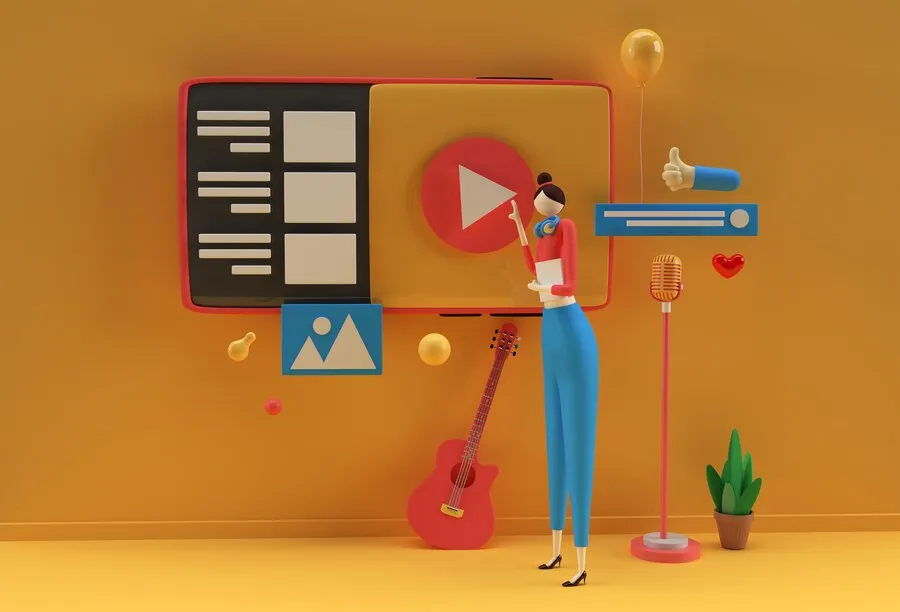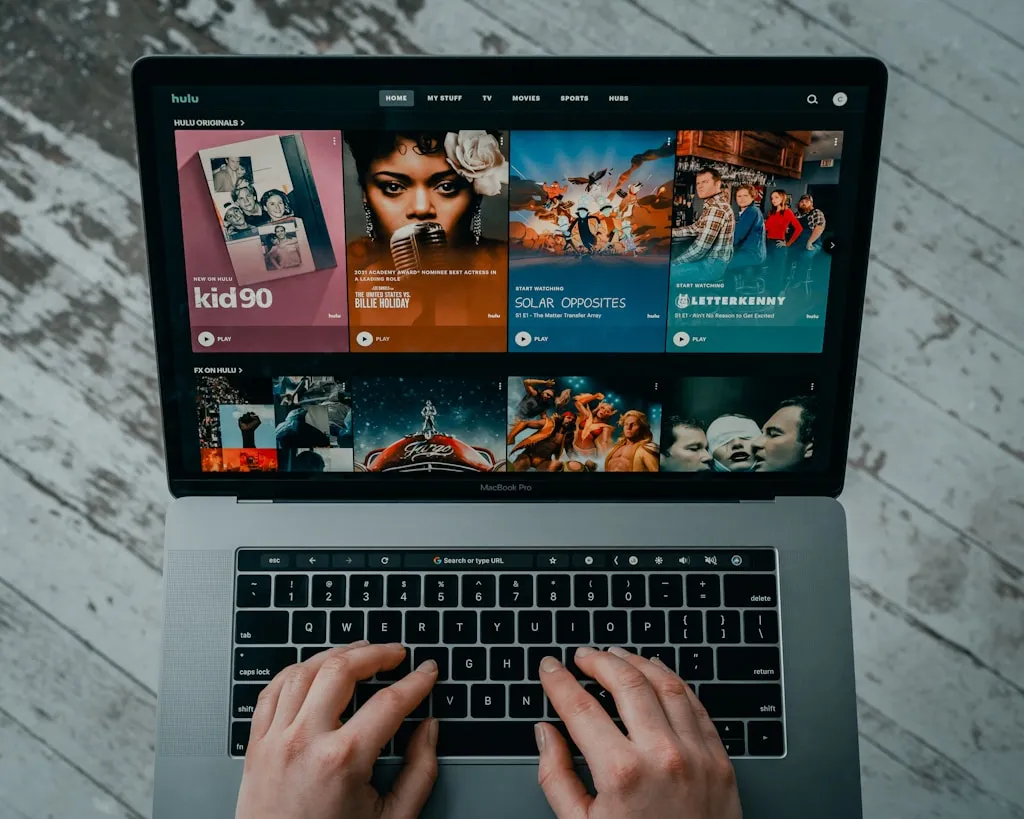Introduction
In the dynamic world of digital communication, visuals play a crucial role in capturing attention and conveying messages effectively. Among the plethora of visual content available, GIFs have emerged as a popular and versatile medium. In recent years, a new trend has emerged – GIFs created from videos. This article explores the concept of GIFs from videos, their evolution, creation methods, benefits, applications, best practices, copyright considerations, and the future outlook.
What is a GIF?
GIF, short for Graphics Interchange Format, is a bitmap image format developed by Steve Wilhite in 1987. Initially, GIFs were primarily used for simple animations and low-resolution video clips. They gained popularity due to their ability to support animations in a compact file size, making them ideal for sharing across the internet.
Evolution of GIFs
Early GIFs: In the early days of the internet, GIFs were mainly used for basic animations such as blinking text or rotating icons. These GIFs were limited in terms of color and frame rate but served as a precursor to the more sophisticated GIFs we see today.
Modern GIFs: With advancements in technology and internet speeds, GIFs have evolved to support higher resolutions, smoother animations, and a wider color palette. Modern GIFs are widely used in various contexts, including social media, messaging apps, and digital marketing.
What Are GIFs from Videos?
GIFs from videos are short animated images extracted from video clips. Instead of creating animations from scratch, these GIFs leverage existing video content to convey messages, reactions, or emotions in a concise and visually engaging manner.
How to Create GIFs from Videos
Creating GIFs from videos is a relatively straightforward process and can be done using online tools or dedicated software/applications.
Using Online Tools: There are numerous online platforms that allow users to upload a video file and convert specific segments into GIFs. These tools often provide customization options such as adjusting the duration, frame rate, and quality of the GIF.
Using Software/Applications: For more advanced users, dedicated software applications like Adobe Photoshop or Giphy’s GIF Maker offer greater control over the GIF creation process. Users can precisely select the desired frames from the video and apply effects or overlays to enhance the visual appeal.
Benefits of Using GIFs from Videos
GIFs from videos offer several advantages over traditional GIFs and static images.
Engagement: GIFs have a captivating effect on viewers and can significantly increase engagement on social media platforms and websites.
Visual Appeal: By leveraging video content, GIFs from videos provide a more dynamic and immersive experience compared to static images.
Conveying Emotions: The combination of motion, sound, and visuals allows GIFs from videos to convey complex emotions and messages effectively.
Applications of GIFs from Videos
GIFs from videos find applications across various domains, including social media, marketing, and entertainment.
Social Media: Platforms like Twitter, Instagram, and Facebook have embraced GIFs as a form of expression, allowing users to communicate in a more engaging and entertaining manner.
Marketing: Brands use GIFs from videos in their digital marketing campaigns to grab attention, showcase products, or convey brand messages in a memorable way.
Memes and Humor: GIFs from videos are often used in memes and humorous content, adding an extra layer of humor and relatability to the message.
Best Practices for Using GIFs from Videos
To maximize the impact of GIFs from videos, it’s essential to follow best practices.
Keep it Short: Aim for brevity and focus on highlighting the most impactful moments from the video.
Optimize File Size: Optimize the file size of the GIF to ensure fast loading times and smooth playback across different devices and platforms.
Choose Relevant Scenes: Select scenes from the video that are relevant to the intended message or context of the GIF.
Copyright Considerations
When creating GIFs from videos, it’s crucial to respect copyright laws and obtain permission if necessary. Using copyrighted material without authorization can lead to legal repercussions, so always ensure you have the right to use the video content for creating GIFs.
Future of GIFs from Videos
As visual communication continues to evolve, GIFs from videos are expected to play an increasingly prominent role. Advances in technology, such as AI-powered GIF creation tools and augmented reality integration, will further enhance the capabilities and versatility of GIFs from videos.
Final Thought
GIFs from videos offer a creative and engaging way to communicate messages, emotions, and ideas in the digital realm. By leveraging existing video content, these animated images provide a dynamic and immersive experience for viewers across various platforms and applications. As the internet landscape evolves, GIFs from videos are poised to become an integral part of visual communication strategies for individuals, brands, and content creators.




